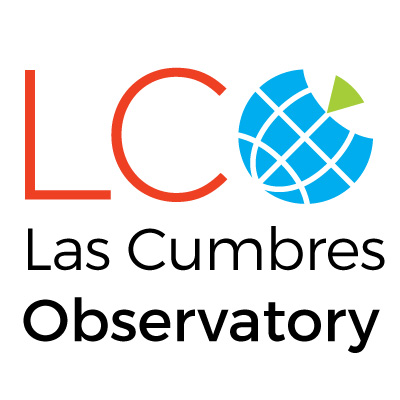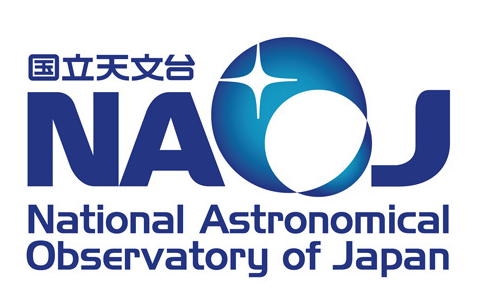With the James Webb Space Telescope now working, scientists want to look closer at JD1 to better understand its formation.

Astronomers have found that very old galaxies can twirl, too. There are signs of rotation in a galaxy which existed just 500 million years after the Big Bang. This is the earliest galaxy with possible rotation!
This ancient galaxy rotates more slowly than modern galaxies – maybe it is on its way to gain more speed. Findings like this are quite important for astronomers to understand how galaxies develop during their 'childhood'.
Like our Milky Way, many galaxies in our modern Universe rotate around a central area. But when and how do galaxies start to rotate? Astronomers are after these questions because this 'when' and 'how' affects the environment where stars, planets – even life! – form and evolve.
To find out that this ancient galaxy actually rotates, a team of researchers led by Tsuyoshi Tokuoka at Waseda University in Tokyo used ALMA (Atacama Large Millimeter/submillimeter Array) for their observations. They spent two months studying the galaxy, nicknamed JD1 (after its name, MACS1149-JD1).
JD1 is much smaller than the Milky Way: while our galaxy is 100,000 light-years across, JD1 is 3,000 – which is still quite large, if we think we'd take 3,000 years travelling at the speed of light to cross it from border to border!
JD1 also rotates much slower than our galaxy. While JD1's core rotates at 50 kilometers per second (a little faster than a meteor), the core of our Milky Way rotates at 220 kilometers per second (twice as fast as a lightning bolt!).
Image: Artistic image of MACS1149-JD1 forming and spinning up to speed in the early Universe. Credits: ALMA (ESO/NAOJ/NRAO)


















